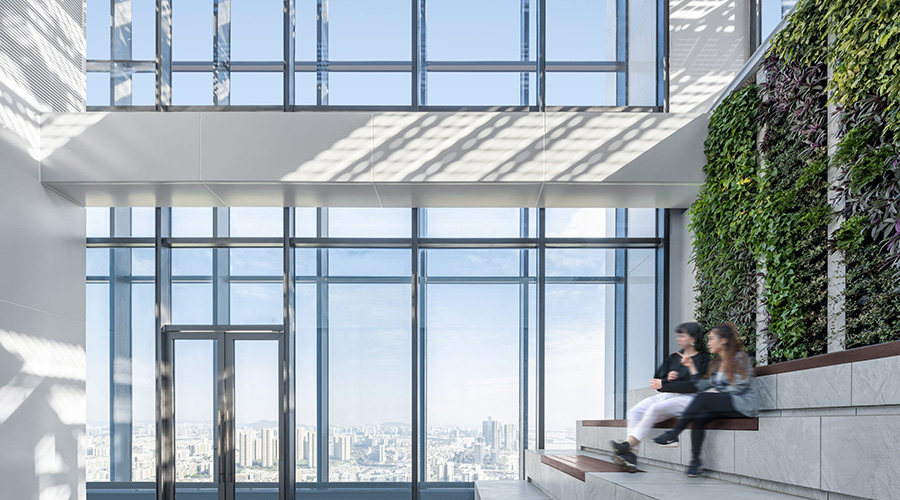Savings and Efficiency from Using HDS to Plan Retrofits
High-definition survey technology (HDS) offers maintenance and engineering managers a quicker and more efficient and powerful alternative to conventional surveying for new and existing institutional and commercial structures.
In the past, the conventional, manual surveying of sites for facility retrofits or expansions often required hundreds of hours, sometimes over months, and sometimes involved potentially hazardous locations. When as-built infrastructures were hidden or not precisely detailed in original plans, the resulting survey errors usually led to expensive re-work or change orders for retrofit or expansion projects.
Today, HDS technology makes it possible to collect data from hundreds of survey points, with densities and accuracies of 1/8th of an inch, in a matter or hours instead of days or weeks. Provided by professional specialists, managers can bring in HDS to survey a plethora of facilities that plan to make modifications, retrofit, expand, or upgrade key equipment.
HDS technology is based on an imaging laser that collects up to 50,000 survey shots per second, making it easier to provide data that managers can use for two-dimensional line work or three-dimensional (3D) models.
The HDS system also features an external camera that collects photographic images in 360-degree, RGB color values. Users later can fuse these image files to the data points assembled as point clouds. Then they can use them for site mapping, project planning, and civil, structural, mechanical, electrical, and plumbing design by moving the data into such formats as AutoCAD, Revit, and MicroStation.
Related Topics:














